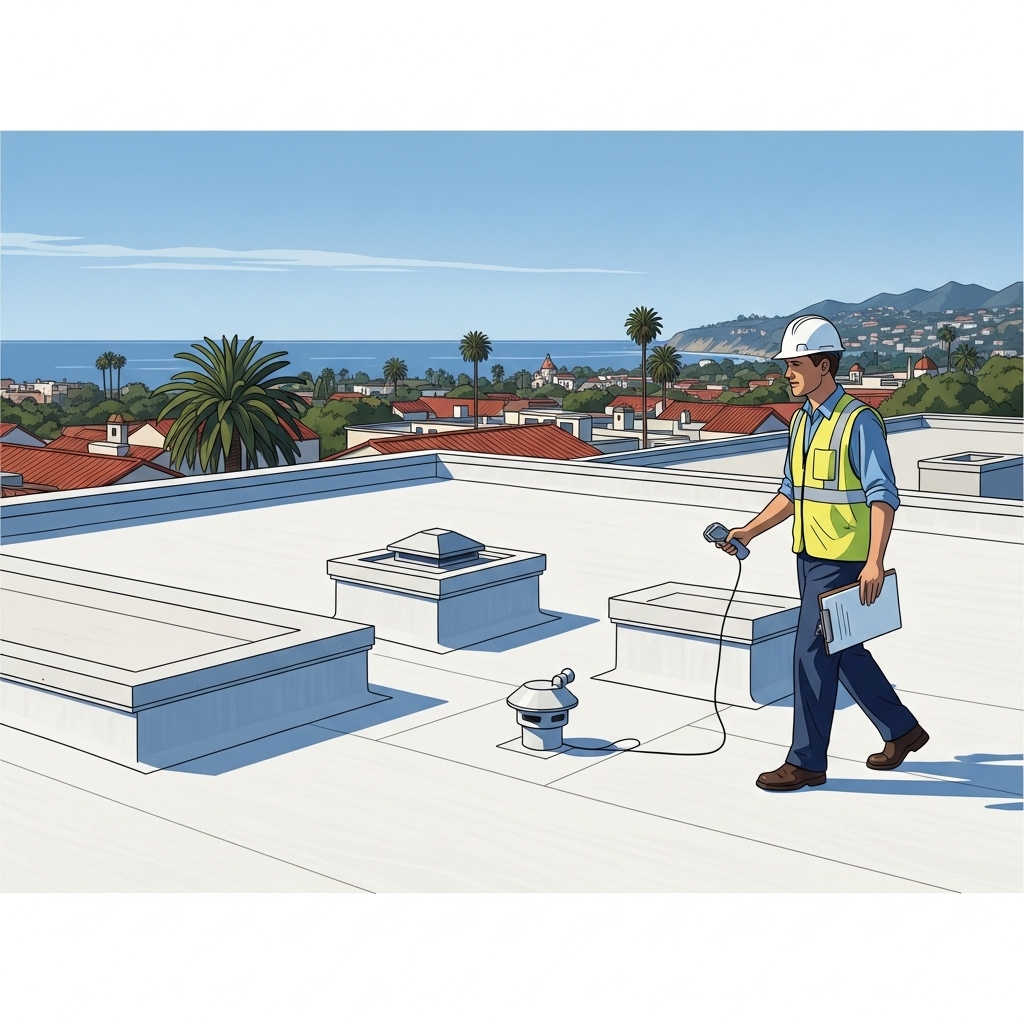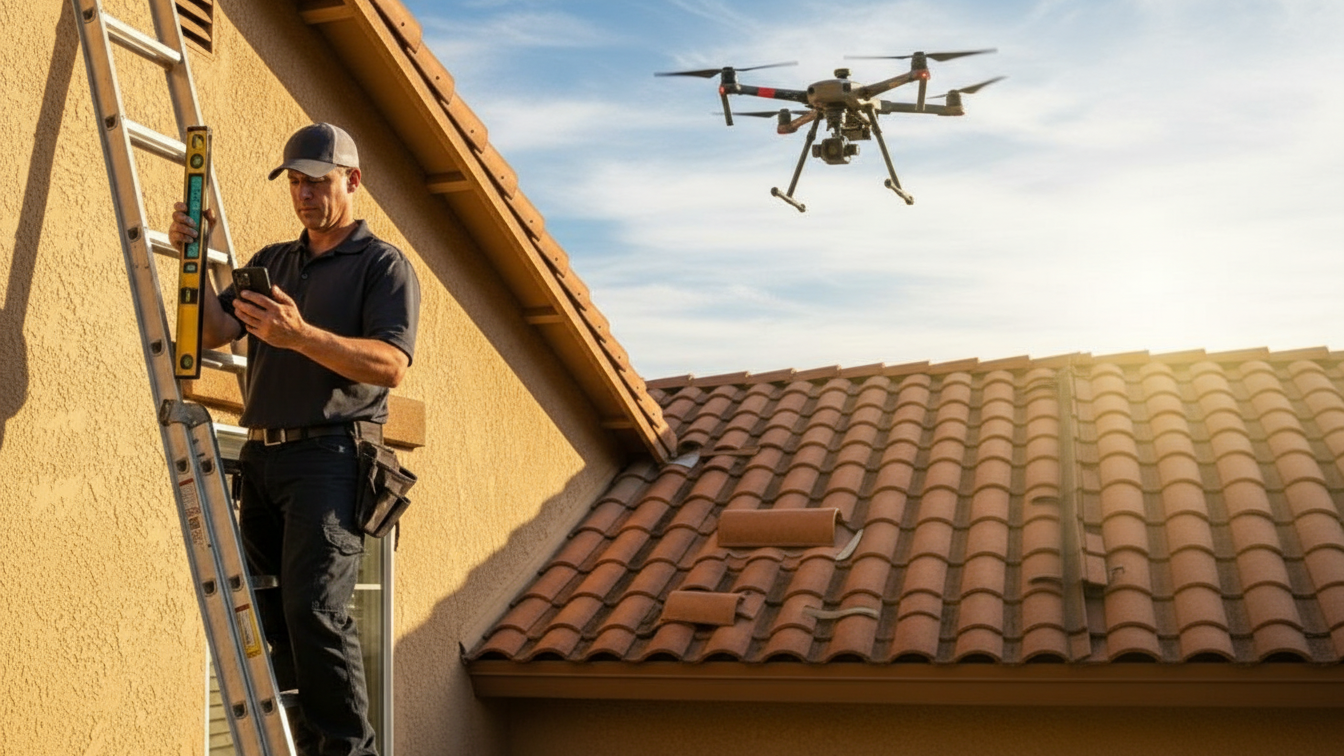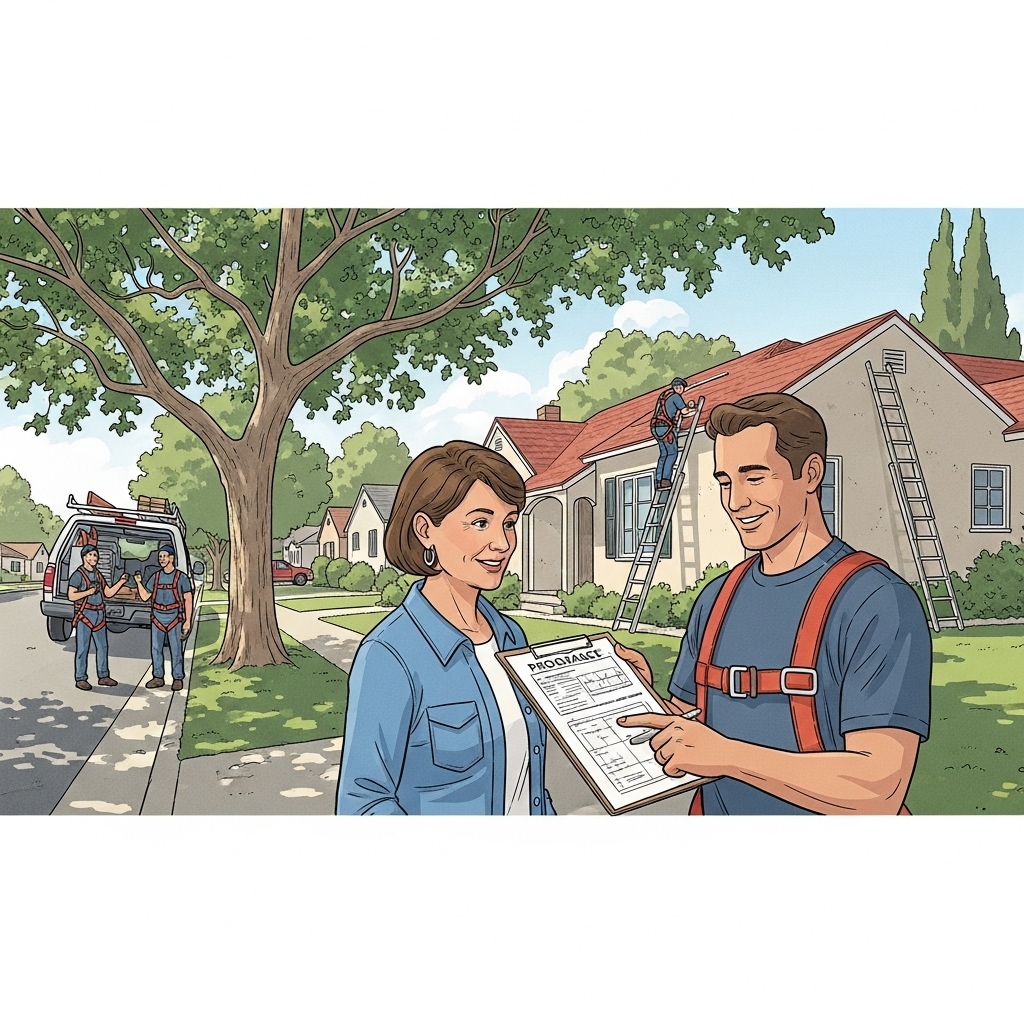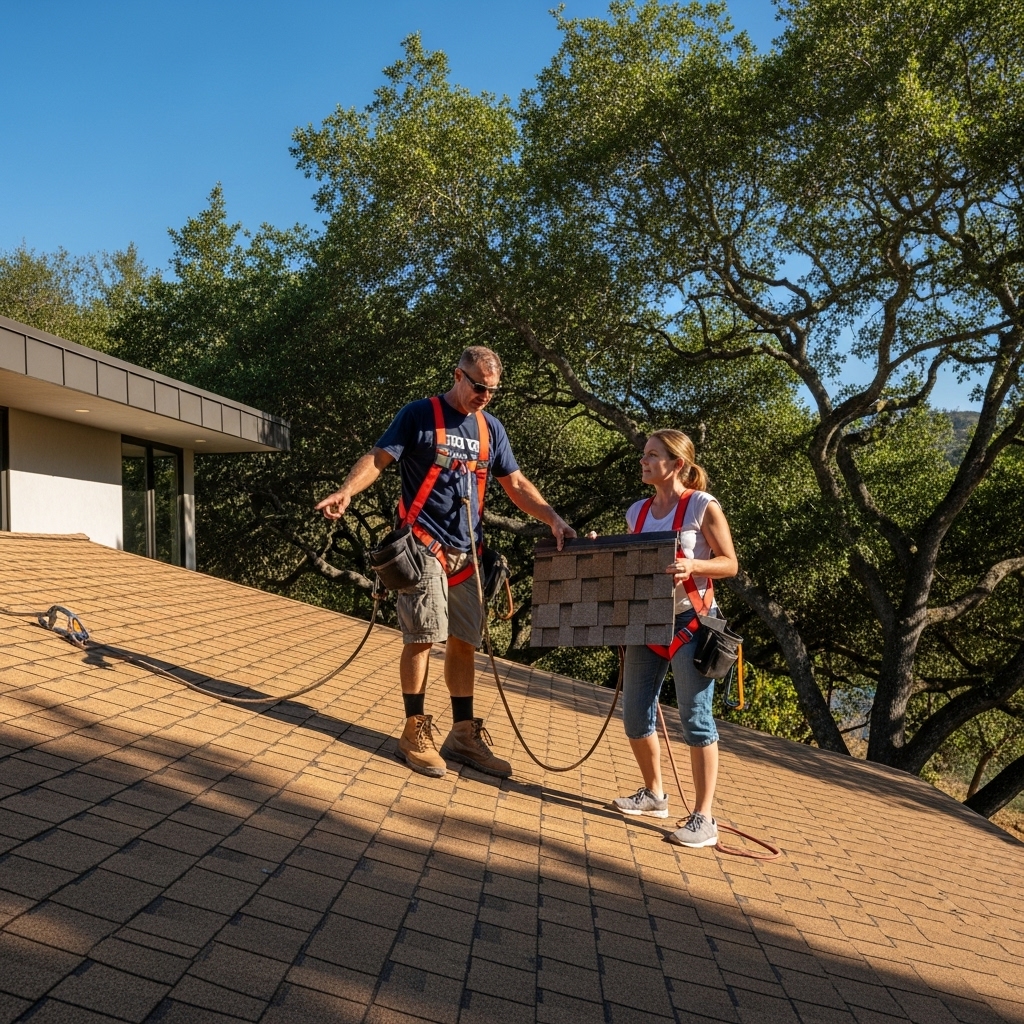When you schedule a commercial roofing inspection in Santa Barbara, you are not just asking someone to walk a roof and tick boxes. You are inviting a trained eye to interpret how coastal air, sun, wind, and building use have been interacting with your roof over time. The best inspections feel like a guided tour of your building’s protective shell, explaining not only what is happening but why it matters and how to prioritize next steps. Having participated in countless inspections across the city—from light industrial roofs in Goleta to mixed-use buildings downtown—I can tell you what to expect and how to get the most value for your property and your tenants, starting with a focus on commercial roofing practices that suit our local conditions.
An inspection is most useful when it balances thoroughness with clarity. You want practical findings tied to the realities of operations, permitting, and future plans. The goal is not a thick pile of paperwork; it is a clear roadmap: what to fix, what to watch, and how to time improvements so they align with budgets, tenant schedules, and seasonal weather patterns.
Before the inspector arrives
A little preparation goes a long way. Provide access details, tenant schedules, and any recent rooftop work orders—HVAC service, solar maintenance, or telecom upgrades. Share prior leak histories, even if they seemed minor. That context helps the inspector connect the dots between a stain on the ceiling and a stress point on the roof. If you have as-built drawings, warranties, or prior inspection reports, make them available. The more complete the picture, the more precise the recommendations.
It also helps to confirm safe access. Ensure ladders and hatches are clear, and that any required fall protection systems are available and in good condition. On multi-tenant buildings, notify occupants of the visit so rooftop noises and brief equipment checks do not surprise anyone. A calm site supports a careful inspection.
What happens on the roof
A Santa Barbara inspection begins with a bird’s-eye scan to understand slope, drainage patterns, and likely stress points. The inspector then moves systematically from the perimeter inward, examining edge metal, parapet caps, and terminations that bear the brunt of sundowner winds. Drains and scuppers come next, because in our climate, water management is often the line between a quiet winter and a string of service calls.
Expect close attention to seams, corners, and penetrations. The inspector will check for UV-related chalking, minor shrinkage, lifted laps, or brittle sealants. Equipment curbs are a focal point, particularly near kitchen exhausts where grease can degrade materials. Solar arrays, if present, warrant a look beneath and around racking points and wire management. Even a single loose wire can saw gently at a membrane over time, so tidy routing matters.
Tools and tests you might see
Most inspections are primarily visual and tactile, supplemented by simple moisture meters or infrared scans when needed to identify saturated insulation. You may see probes used to check seam integrity, drain tests to verify flow, and gentle cleaning to reveal conditions hidden beneath debris. Photographs document both concerns and baselines, creating a record that future inspections can reference.
In some cases, especially when replacement is being considered, small core cuts confirm assembly layers, substrate condition, and moisture levels. The inspector will discuss the purpose and location of any openings beforehand and restore them with appropriate patches. The intent is minimal disruption with maximum clarity.
Common findings in our coastal environment
Expect to hear about drainage readiness, edge condition, and the state of sealants and coatings. In coastal zones, slight corrosion on fasteners or edge metal is a frequent note, along with recommendations for cleaning and compatible coatings. Where solar or telecom gear is present, inspectors often flag areas where traffic has scuffed membranes or where penetrations could be consolidated. On older roofs, minor ponding may appear in predictable places; the report will outline whether it is a watch item or a candidate for corrective slope.
In addition, you may receive advice about protecting high-traffic routes with walk pads and clarifying service paths. In mixed-use buildings, these simple changes reduce incidental damage from frequent vendor visits and keep drains clear.
How results are presented
A helpful inspection report organizes findings by priority and time horizon. Immediate items address active leaks, safety hazards, or high-risk details exposed to the next storm. Near-term items focus on maintenance that will prevent deterioration, like cleaning drains, reinforcing a vulnerable seam, or re-coating a sun-exposed section. Long-term planning covers overlays, replacement strategies, and coordination with mechanical or solar upgrades so you can schedule work in a way that minimizes disruption.
You should receive clear photos, concise descriptions, and practical recommendations. The best reports read like a narrative of your roof’s condition, not just a bullet list. They explain where you are today and chart a sensible path to where you want to be, given Santa Barbara’s climate and your building’s use.
Permits, codes, and local context
California’s Title 24 reflectivity and insulation standards shape many reroof decisions, and Santa Barbara’s design sensibilities guide visible elements like edge profiles and mechanical screening. An experienced inspector will flag code considerations early, so you understand what a repair or replacement might trigger. That early awareness saves time by aligning expectations with local review processes.
In historical districts or along sensitive corridors, coordination with design review may come into play. While most inspections focus on performance, raising these considerations early helps you plan projects that proceed smoothly when the time comes to act.
Maintenance guidance you can act on
Beyond identifying issues, an inspection should leave you with a punch list that your facilities team or service partner can execute quickly. Expect guidance on clearing debris, protecting routes, and scheduling follow-up work. For roofs with recurring problems—like a stubborn ponding area—your report should provide options ranging from minor adjustments to more robust corrections, along with pros and cons that reflect local weather patterns and typical vendor access.
If you host rooftop kitchens or heavy HVAC, the inspector may suggest grease containment mats, reinforced curbs, or revised service protocols. If the building supports telecom or solar, you may see recommendations on wire management and ballast containment. These practical notes reduce ongoing wear and keep your warranty intact.
What a great inspection feels like
Clarity and calm are the hallmarks. You should finish the walkthrough knowing exactly which items need attention now, which can wait, and how to stage work around tenants and seasonal weather. You will also have a plan for documentation—dates, photos, and maintenance updates—that converts the inspection into a living resource for your property. Over time, that continuity changes how the roof behaves in your operation: fewer surprises, quicker fixes, and a steady sense that the building is under control.
Equally important, a great inspection ties recommendations to your long-term goals. If you are planning an eventual solar array, you will know how to design penetrations and reinforcements today. If you are pursuing an overlay, you will understand substrate conditions and how to meet reflectivity and insulation requirements. And if replacement is on the horizon, you will have options that align with budgets and tenant needs, grounded in local best practices for commercial roofing.
FAQ
Q: How long does a typical commercial roof inspection take? A: Most take a few hours, depending on size, complexity, and the presence of equipment or solar arrays. Additional time may be needed for moisture scans or core samples.
Q: Will the inspection disrupt my tenants? A: Inspections are generally quiet and minimally intrusive. Advance notice helps, and any brief HVAC checks or hatch accesses are scheduled to reduce impact.
Q: How often should I schedule inspections? A: Twice a year is a solid baseline—once before the rainy season and once after—plus checks after significant storms or wind events.
Q: Do I need to be on the roof during the inspection? A: It is helpful but not required. Many owners prefer to join for part of the walkthrough to ask questions and see conditions firsthand.
Q: What if the roof is older and nearing replacement? A: The inspection will focus on honest assessment of remaining life, options for repair versus overlay, and considerations for meeting modern reflectivity and insulation standards.
Q: Will the report include cost estimates? A: Reports typically prioritize condition and recommendations. Any budgeting is best developed with a proposal that follows, once scope is clarified.
Q: Can inspections help with insurance or warranty claims? A: Thorough documentation with photos and dates supports claims by establishing condition, maintenance history, and the timing of any damage.
If you want a confident picture of your roof’s condition and a clear plan for the seasons ahead, schedule a professional inspection that respects Santa Barbara’s coastal realities and your building’s needs. Reliable, thorough insight translates to fewer emergencies and a more predictable facilities plan. When you are ready to move from uncertainty to clarity, connect with local specialists in commercial roofing who can evaluate, advise, and help you implement a practical roadmap.






